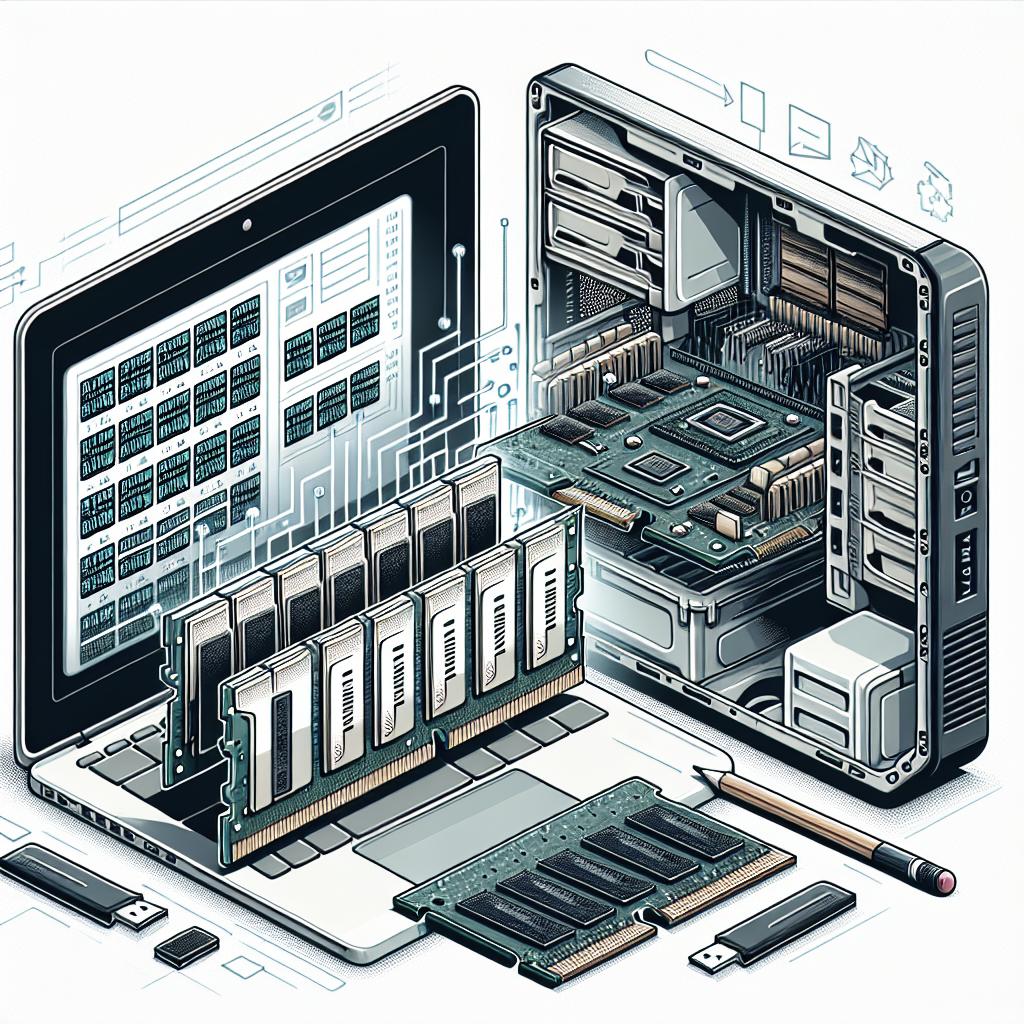Upgrade CPU Without Changing Motherboard or Reinstalling Windows
As a computer enthusiast or someone who simply desires improved performance, upgrading your CPU can often seem like the natural choice. However, the concern of having to change your motherboard or reinstalling Windows can be daunting. Fortunately, there are effective methods that allow for an upgrade without plunging into such extensive modifications. This guide provides clear steps on how you can seamlessly upgrade your CPU, keeping your system as intact as possible. We’ll explore different strategies, from utilizing advanced software solutions to making direct registry changes, and discuss how to maintain your Windows activation status in the process.
Can You Upgrade Motherboard and CPU without Reinstalling Windows
The simple answer is yes, though it requires a bit of preparation and understanding of how your system works. When you upgrade your CPU, the most common concern is the compatibility with your existing motherboard. But modern technology, along with some nifty tools, can bridge that gap, allowing for a seamless transition. The challenge lies in ensuring the transition occurs smoothly without needing to reinstall Windows, which can often be time-intensive and requires backing up data.
It is worth noting that each system is unique, meaning some may find this process more challenging than others. A successful upgrade without changing your motherboard or reinstalling Windows depends on multiple factors, such as the compatibility of the new processor with the old motherboard, availability of necessary BIOS updates, and more. Thus, a methodical approach is advised to avoid mishaps.
How to Upgrade Motherboard and CPU without Reinstalling Windows
To upgrade your motherboard and CPU without reinstalling Windows, meticulous planning is necessary. Ensure that the new components are compatible with each other and fit into your existing hardware setup. Begin by checking compatibility with your existing motherboard, which involves verifying that a BIOS update supporting the new CPU is available from the manufacturer.
Once compatibility is confirmed, the process can begin. The preliminary steps include backing up your current system configuration and ensuring that data is secure should anything go awry. It’s also important to have the necessary drivers ready for the new CPU, ensuring that post-upgrade functionality of Windows is uninterrupted.
Method 1: Use MiniTool ShadowMaker for Universal Restore
MiniTool ShadowMaker offers a reliable solution for users looking to perform a Universal Restore. This tool provides a way to restore your Windows system to a new environment without losing data. By creating a backup of the current system, you can directly restore it onto a new machine setup that is configured with a different CPU or motherboard.
This method involves using ShadowMaker to perform a full system backup which includes your system partition, boot files, and all vital data. After the hardware change takes place, the Universal Restore feature helps ensure system compatibility by automatically adjusting to the new CPU platform, which keeps Windows intact without requiring reinstallation.
Method 2: Change Registry
Another advanced approach involves tweaking the Windows Registry to allow the system to adapt to a new CPU or motherboard without needing to reinstall Windows. This method is slightly more technical and best suited for users comfortable working with system files.
By accessing the Registry Editor, you can change certain parameters related to hardware abstraction and boot processes, which can help Windows recognize the new CPU setup as part of the original configuration. It is critical, however, to back up the registry before making any changes, as errors can lead to system instability.
Activate Your Windows 7 for Motherboard and CPU Update
Following a CPU or motherboard upgrade, ensuring your Windows activation remains intact is crucial. For users of older systems, like Windows 7, the fear of losing activation status or encountering “unlicensed” warnings can be mitigated through proper preparation.
First, check that you have your original Windows activation code handy, as you may need to re-enter it after the hardware changes. Tools like Microsoft’s Activation Troubleshooter can provide assistance if your system’s activation is not recognized post-upgrade. By maintaining this information, you’ll avoid the hassle of searching for keys should activation issues arise.
Bottom Line
For computer enthusiasts aiming to upgrade their CPU, avoiding the complexities of a motherboard change or refraining from reinstalling Windows is possible with the right approach. Taking advantage of specialized software, like MiniTool ShadowMaker, or making adept use of registry tweaks can alleviate the transition process. Always ensure that compatibility is thoroughly checked, and data is backed up to safeguard against potential mishaps.
| Process | Description |
|---|---|
| Compatibility Check | Ensure new CPU/motherboard is compatible with existing hardware. Update BIOS if necessary. |
| Method 1: MiniTool ShadowMaker | Utilize software for Universal Restore to maintain Windows without reinstallation. |
| Method 2: Registry Change | Edit registry settings to adjust system configuration to new hardware. |
| Windows Activation | Use activation keys and troubleshoot to maintain Windows licensing post-upgrade. |
About The Author
Sarah Lambert is an experienced copywriter with a degree in journalism and a rich background in editorial roles within national media. Her expertise extends into areas of digital trends and psychology, giving her a unique insight into how to convey complex ideas in accessible ways. With a track record of managing editorial teams and a passion for the evolving digital landscape, Sarah’s writing inspires and educates, reflecting her commitment to the power of words.


